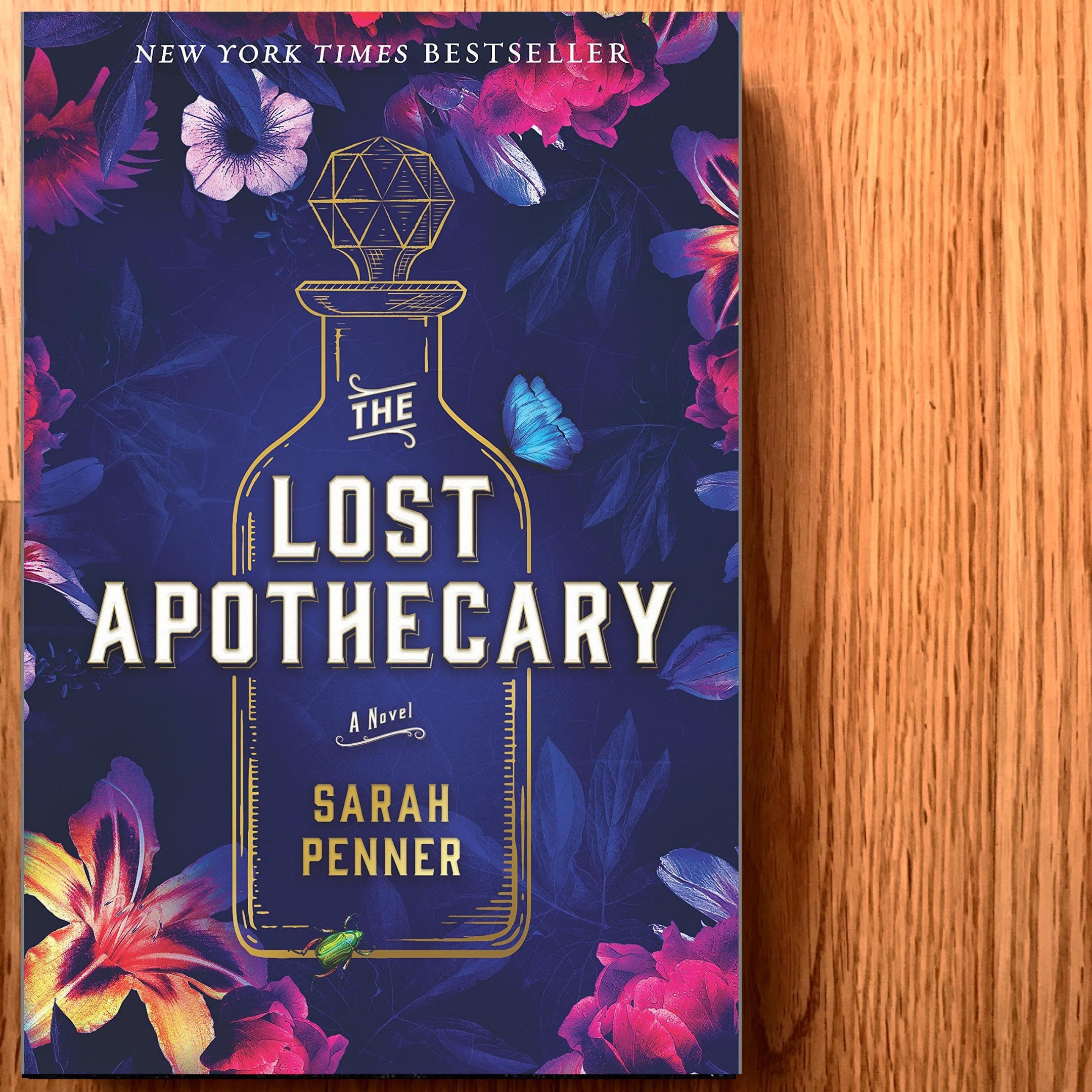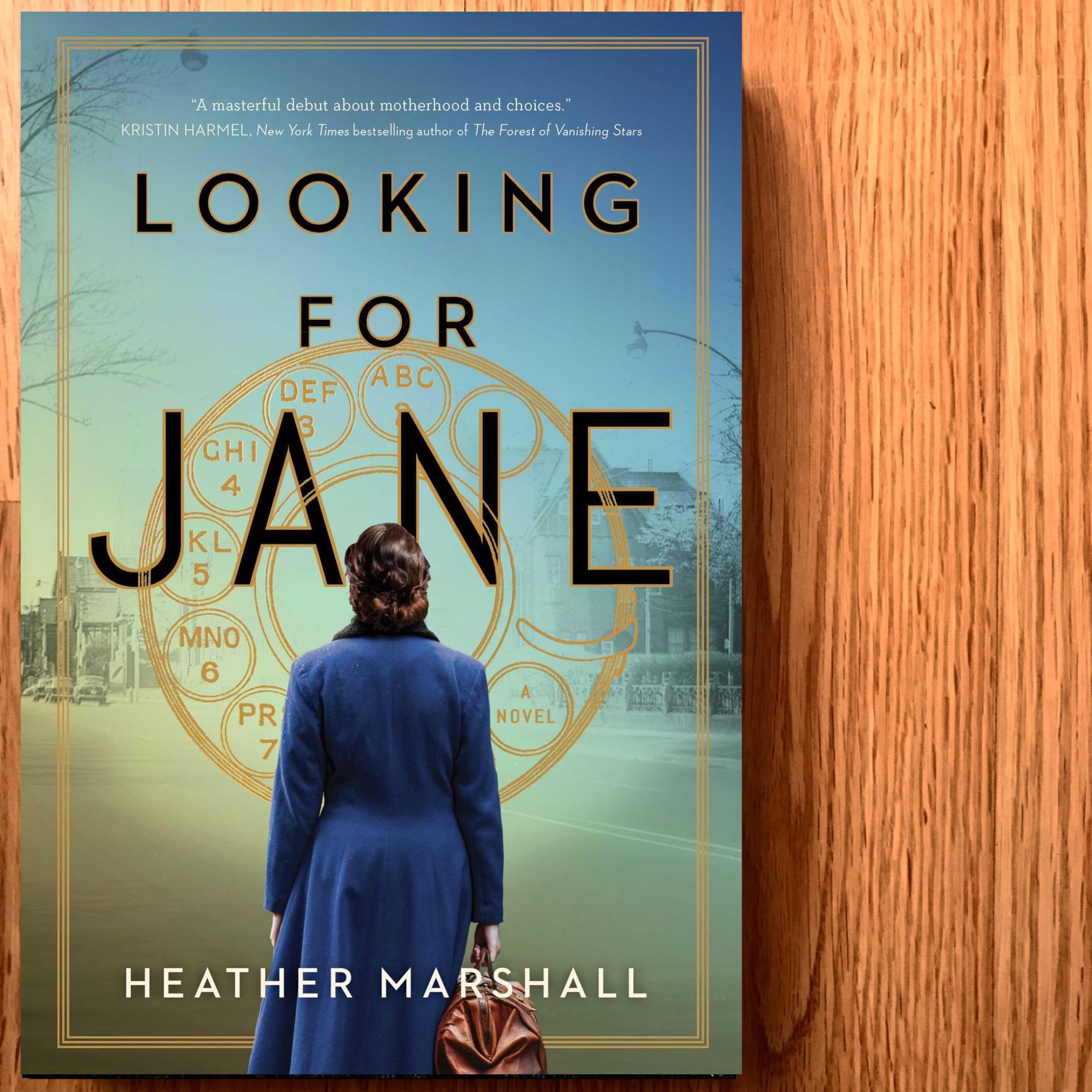By Larissa Page
Hunting by Stars is Cherie Dimaline’s long-awaited and long-requested follow up to her hit The Marrow Thieves. Despite being published four years after The Marrow Thieves, Hunting by Stars picks up right where the previous book left off. During the joyful reunion of two of his chosen family members after years apart on the run from the “schools” (which drain Indigenous people of their marrow in order to dream again), French himself is snatched by school Recruiters. He is taken to a school, where he runs into an important person from his past. In an effort to find him again, his girl Rose sets off with a sidekick to trek to one of the schools to help him escape. They face challenges in the woods they never expected to find and have to form new alliances to survive. Meanwhile, the rest of his family works other leads to get him back, leading all of them to new places with new enemies.
The Marrow Thieves swept through awards, reading groups, and schools when it was first released in 2017, and has continued to throughout the past few years. It is no surprise to me at all that Dimaline was often asked for a “what happened next” and felt the need to write a sequel. If you are a fan of The Marrow Thieves, as I am, I think you’ll be very satisfied with Hunting by Stars as the next installment. It gave me more adventure, more glimpses into French’s past, and more insight into his character—a strong young man with fierce loyalty and incredible grit. It gave me more family and more hope and more absolute resilience. It is not light on the suffering, and it is heavy on the heart to think of the ways we treat other humans. The parallels you can draw between this dystopian landscape and our real everyday world right now are stark but also needed.
Dimaline is not one to shy away from the truth in her novels; she is very poignant in her points about the world, society, and more. For this reason, among others, she gives us novels that make us think harder and more critically than we otherwise might, while still giving us characters to root for and stories to get invested in. Her novels, especially The Marrow Thieves and Hunting by Stars, make great discussion books for classes, book clubs, and buddy reads. She gives us a story of a dystopian future landscape that is somehow also a story for right now.
I was absolutely thrilled to get my hands on Hunting by Stars last year and read further into French’s story. I also believe I would have enjoyed the book just as much had I picked it up as a standalone. It is one that is worth your time and, even more so, worth your attention.
Thank you to Penguin Random House for the complimentary copy in exchange for an honest review.





















